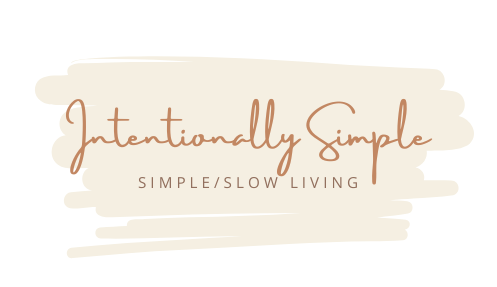Is Work-Life Balance Outdated? The Reality of Work-Life Integration
You’ve read the advice a thousand times: “Set clear boundaries between work and life.” “Unplug after office hours.” “Find a work-life balance.” But what if I told you that work-life balance, as we know it, is a myth?
We live in a world where work bleeds into life, and life seeps into work. Emails don’t stop at 5 PM, and creative bursts don’t follow a schedule. Enter work-life integration—the idea that work and life should blend seamlessly rather than exist in separate boxes. It sounds liberating, doesn’t it? But here’s the catch: the very thing meant to free us can also enslave us.
Personal Story: When Work Became My Life
I used to believe in balance. I carefully crafted schedules, set “work-free” evenings, and tried to compartmentalize my life. But as a freelancer, my laptop became my office, my home became my workspace, and “just one more email” turned into late-night hustling. I thought I was embracing work-life integration, but I was actually experiencing its dark side: burnout, blurred boundaries, and an ever-present feeling that I wasn’t fully working or fully living.
That’s when I began rethinking work-life balance for slow living—not as a strict separation, but as a conscious and intentional way of blending work with life without losing myself in the process.
The Problem with Work-Life Integration
While it sounds ideal, embracing anti-balance in a busy world comes with real challenges:
1. Work Never Really Stops
-
With work and life intertwined, you might find yourself checking emails during dinner or brainstorming ideas while on a walk.
-
Over time, this constant connection leads to burnout, reducing productivity and creativity.
2. Minimalism in Time Becomes Impossible
-
Intentional living and minimalism aren’t just about decluttering physical spaces—they’re about decluttering time and energy.
-
When work and life are integrated, prioritizing what truly matters becomes harder.
3. Decision Fatigue Increases
-
When there’s no clear start or end to work, every small decision—“Should I reply to this email now or later?” “Can I take a break at 2 PM?”—becomes exhausting.
-
This contributes to mental clutter and stress.
4. The Financial Cost of Always Being ‘On’
- When work and life blend too much, it’s easy to overspend on convenience—ordering takeout instead of cooking, booking expensive vacations to ‘escape’ burnout, or buying productivity tools that promise to fix an overworked lifestyle.
- Slow living encourages mindful spending, ensuring money is used for intentional choices rather than stress-driven expenses
How to Integrate Work and Life Without Losing Yourself
If work-life balance is outdated, how can we create a healthier alternative?
1. Define Your Work-Life Philosophy
Instead of forcing balance, create a personalized work-life integration plan. Ask yourself:
-
What are my non-negotiables for personal time?
-
When am I most productive, and when do I need rest?
-
How do I want work to fit into my life, rather than the other way around?
2. Set Rhythms, Not Rigid Schedules
Instead of trying to separate work and life into strict time slots, embrace a rhythm that aligns with your energy and lifestyle. For example:
-
Mornings for deep work, afternoons for movement, and evenings for rest.
-
Short work sprints followed by intentional breaks.
3. Prioritize Presence Over Productivity
Slow living isn’t about doing less—it’s about being fully present. Whether working or spending time with loved ones, be all in.
-
Turn off notifications when resting.
-
Focus deeply when working.
4. Create Boundaries That Feel Natural
Rather than setting artificial “work hours,” establish habits that signal transitions between work and life. Examples:
-
A short walk to transition from work to personal time.
-
Changing outfits when switching between roles (yes, even for remote workers!).
-
Designating work-free zones in your home.
Reflect & Take Action: How Is Your Work-Life Integration?
Take a few minutes to reflect on your current work-life integration:
-
Do you feel like work spills into your personal life too often?
-
Are you able to fully disconnect without guilt?
-
What small changes can you make today to create a healthier blend?
Write down your thoughts in a journal or discuss them with a friend. Sometimes, the first step toward change is simply acknowledging what needs to shift.
Embrace Work-Life Integration With Intention
The truth is, work-life integration isn’t inherently good or bad—it’s how we approach it that matters. By integrating work and life intentionally, we can embrace anti-balance in a busy world without falling into burnout.
Start today. Reevaluate how work fits into your life, set rhythms that serve you, and most importantly, reclaim the freedom that intentional living offers.


